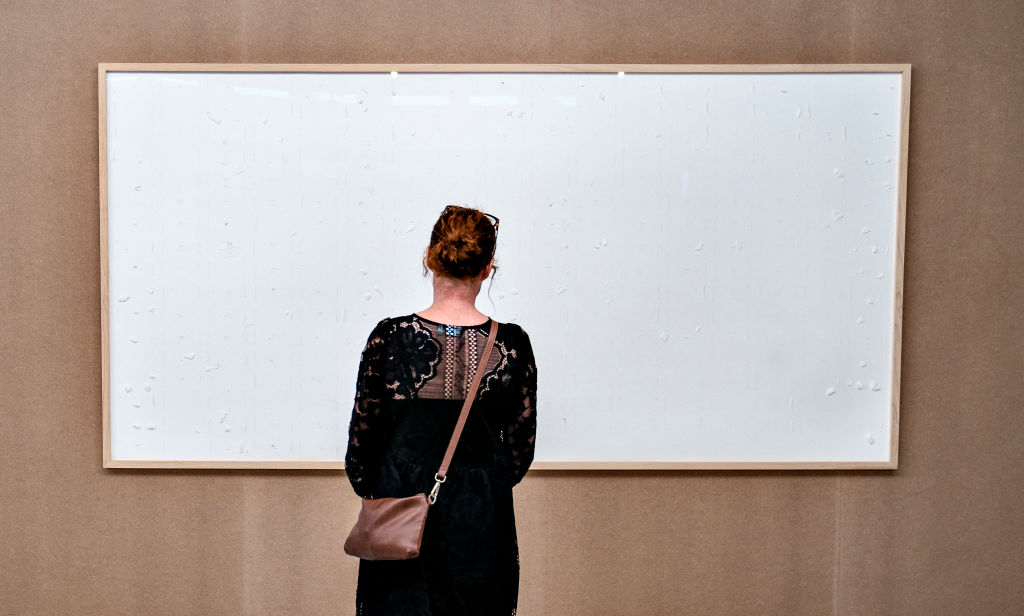Art critics who receive training from college and university humanities departments will often come in contact with a specific direction for formal analysis. Most students are taught that art criticism must have the following four components: description, analysis, interpretation and judgement. Even though this is a popular way to generate art criticism, it is important to factor in the platform through which critics will publish their criticism, and how this may influence the process.
Since the majority of media is currently or already has made the transition from print to digital, it is safe to assert that contemporary art critics will be making contributions to digital media outlets more often today than in the past. Blogging and article writing as a medium plays a significant factor for today’s critics. Many people who have been critics for a long time may find it difficult to make that transition to digital, and they may certainly want to apply the formal analysis they’ve studied on any new platform. It is important to note that digital platforms are very flexible and give writers the ability to incorporate any type of formal analysis they may choose.
Therefore, today’s art critics should not be bound to one definition of how to create art criticism. On digital platforms, writers should feel free to express what they think and feel about art without subscribing to a particular formal analysis. The digital world is more organic; blogging is meant to display and share ideas in any way possible. It would be realistic to assert that a blog featuring art criticism with an unconventional approach to formal analysis should have the same validity as any other content that includes the traditional formal analysis.
As an online writer, there is always the possibility to discover new ideas and share thoughts about them without a barrier of entry. Sometimes there is a learning curve if there is a writer who has worked in print for their entire lives. Most Millennials and later generations are more familiar with technology than their parent’s and grandparent’s generations. They know how to launch applications for writing like Microsoft Word, Open Office and related programs, and use them to create and share new ideas. They can do this almost effortlessly at this point.
What makes the digital platforms intriguing is that a writer can create their own formal analysis, generate articles, and share them with the entire world on the digital platform, search engines and social media. Once a writer becomes familiar with the type of software programs and online platforms they can use, and understand how accessible they are, there is a greater chance that they will use modern technology innovatively to share their thoughts and opinions about art.
The prospect for digital writing has been snowballing forward since the 90s. When the first personal computers were made available for purchase by consumers, they all had some sort of text editor for users to write content with. In the beginning, early users may have written their thoughts on a simple application like Notepad, but as time progresses they may have gotten experience writing for various different websites and software programs. Today, these platforms are more available to writers than ever before and the future is looking bright. If you look at Facebook’s renaming of its parent corporation to Meta, there is a strong indication that platforms that share content are going to become more interactive. Blogging will certainly not be something left in the past, it is very likely that the “Metaverse” will bring new innovations to blogging platforms that may be based on augmented reality, artificial intelligence and software that can make the content of art criticism more interactive with readers.

